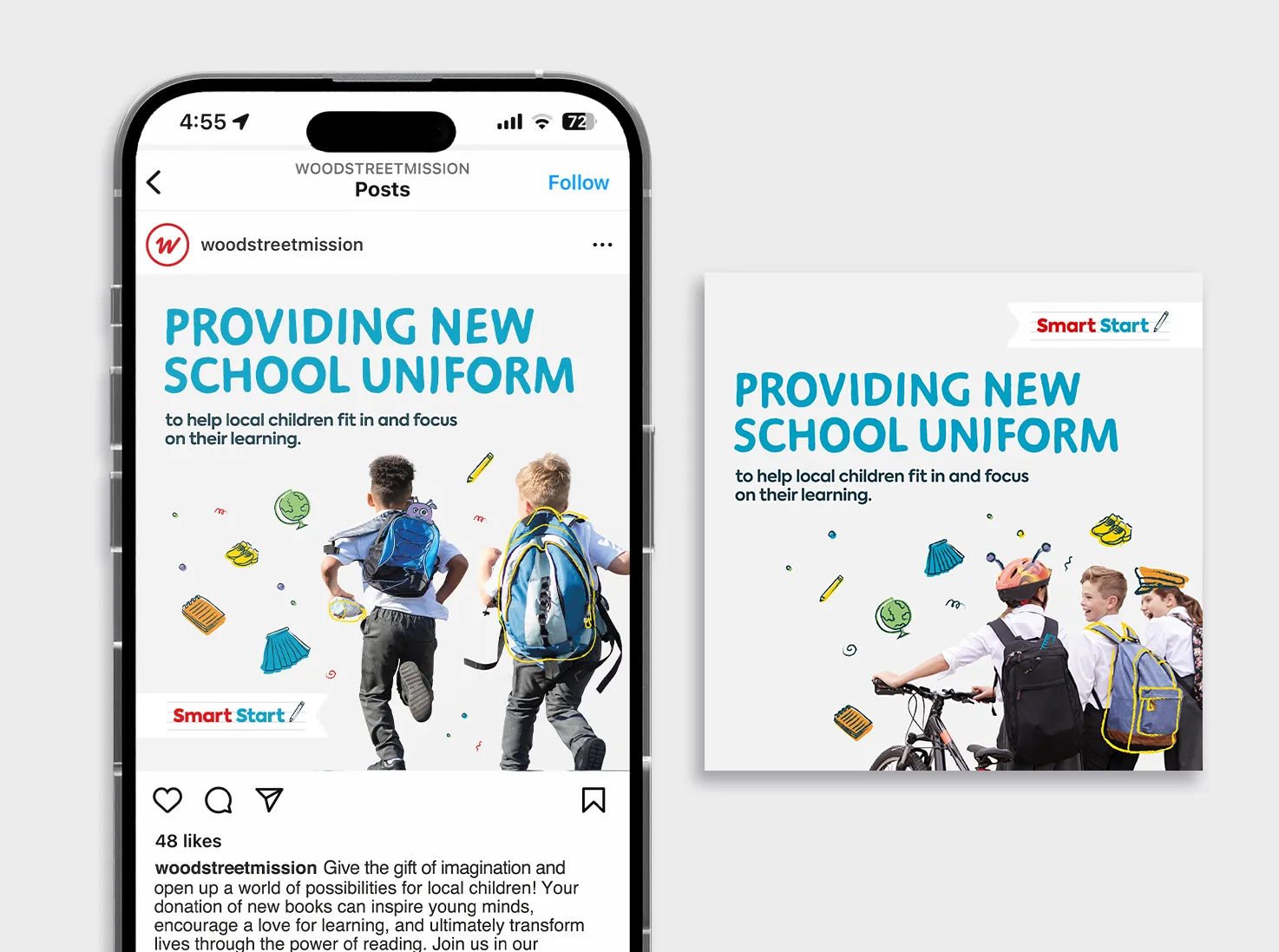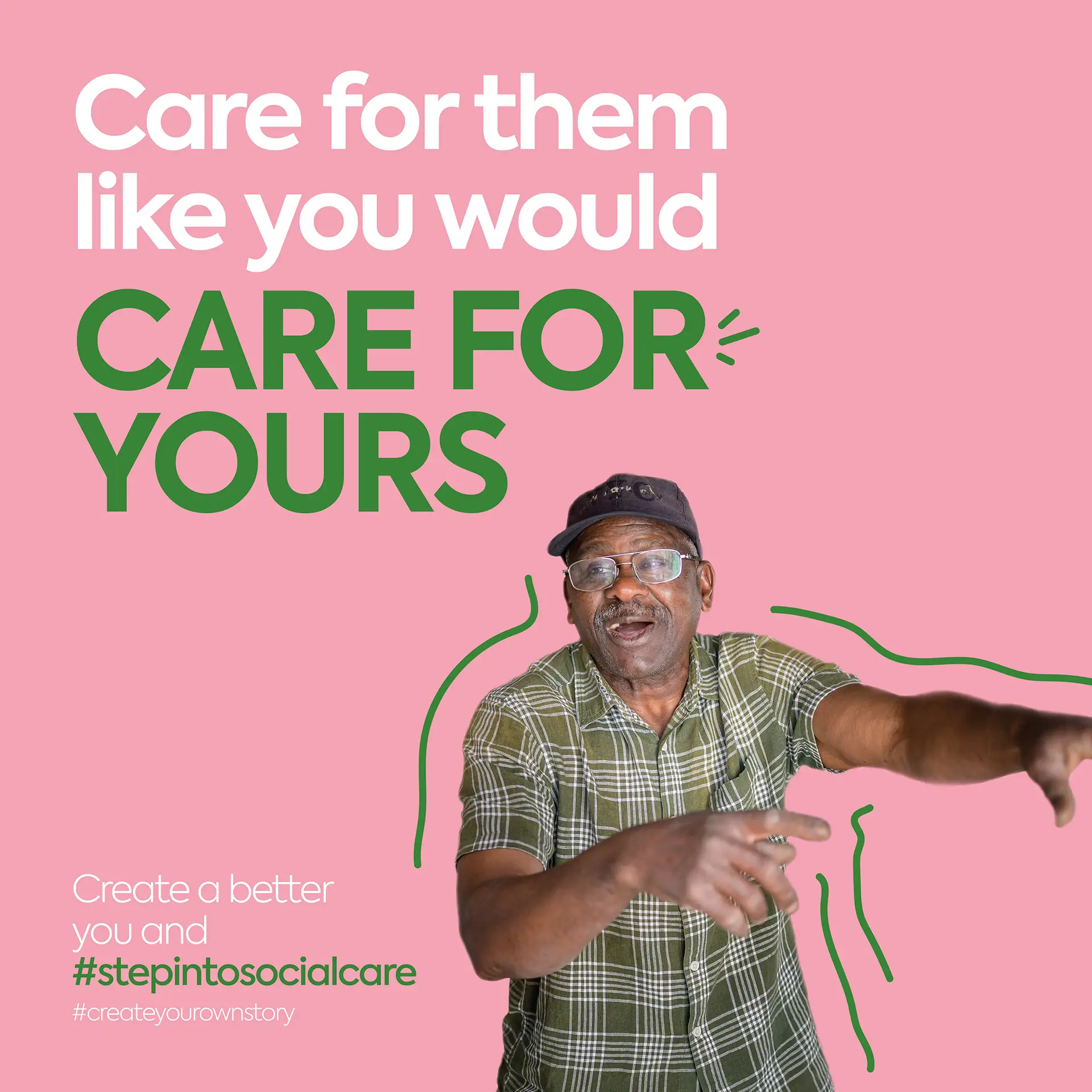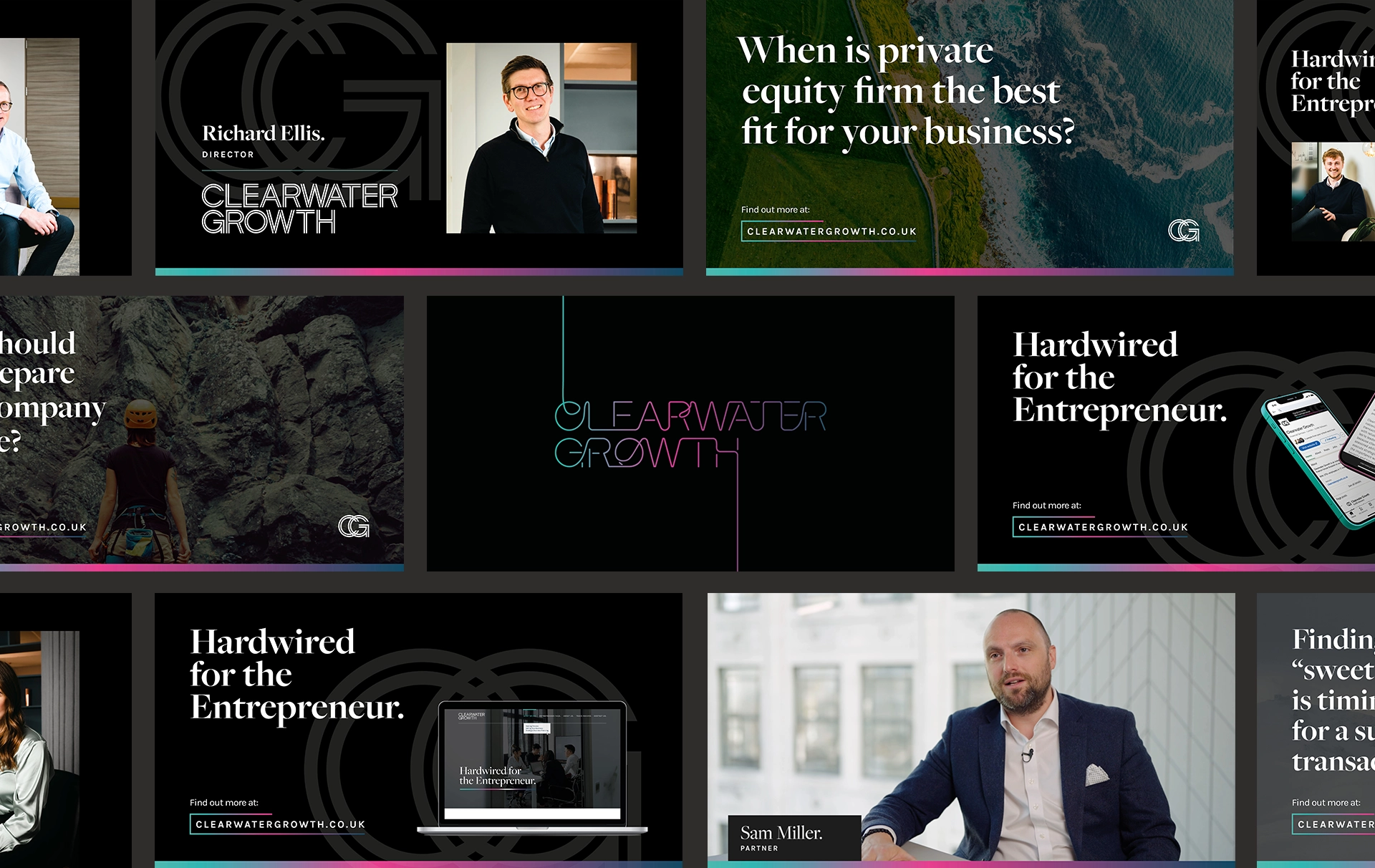Facebook
Facebook’s clearest benefit is that it is the biggest social media platform in the world. With over 3 billion users, it has been a staple of social media strategies since it launched in 2004. What this means is that compared to other platforms, Facebook has the potential to provide you with the most eyes on you.
We aren’t saying that if you post to Facebook you are going to rack up 3 billion impressions, but if you want to reach out to someone through social media marketing, your best chance is through Facebook. The abilities to share text, imagery, video, live stream and add to stories is just the surface of what is possible on the platform.
A noticeable downside to the platform is a significantly older audience base. If, like many other brands in 2023, you are trying to connect with Gen Z audiences, it would be best not to focus your social media campaigns on Facebook. To coincide with this, a majority of the audience base is people, with businesses not having as big a presence on Facebook as they do on other platforms. This can mean that you may struggle to promote yourself from a B2B standpoint. Many businesses don’t seem to interact with one another on Facebook. Therefore, any engagement you get is likely to be coming from personal accounts.
B2C businesses are more likely to find success through Facebook. People are likely to interact with them, showcasing interest in their products and services. This can then lead to creating a positive public dialogue.
Instagram + Threads
Compared to Facebook, Meta’s other forays into the social space are much more relevant and utilised by the Gen Z crowd. Originally starting out as a platform based solely around sharing photographs, it has since evolved to include features more prominent on competitor platforms, making it a versatile platform that adapts to different social media pros and cons.
The scrollable short-form content of TikTok is present in the reels feature and the story feature began on Snapchat. Then there is the newly launched companion app, Threads. This acts as Meta’s take on X (formerly Twitter) and has already surpassed 100 million downloads. Like Facebook, Instagram is a platform that allows you to present your brand in a variety of ways. It allows you to experiment with how you interact with audiences and the type of content you deliver.
A key downside to Instagram stems from their changes to users’ feeds that were added in 2016. Meta has implemented an algorithm that will show posts from the people they follow out of order. This is different from the usual pattern, where users scroll from the top of their feed down and see the newest posts first. Meta believes that the algorithm will show users more relevant content, but many users are unhappy with the change. They prefer to see their posts in chronological order. Meta has not yet said whether they will allow users to opt out of the new algorithm.
Posts with good engagement or tagged with points of interest may be pushed to the top of the feed for you to see first. Consequently, this means you may not actually be shown posts from accounts you actually want to see more of. If you have extensive knowledge of the Instagram algorithm to get the interaction and engagement, it will make all the difference.





